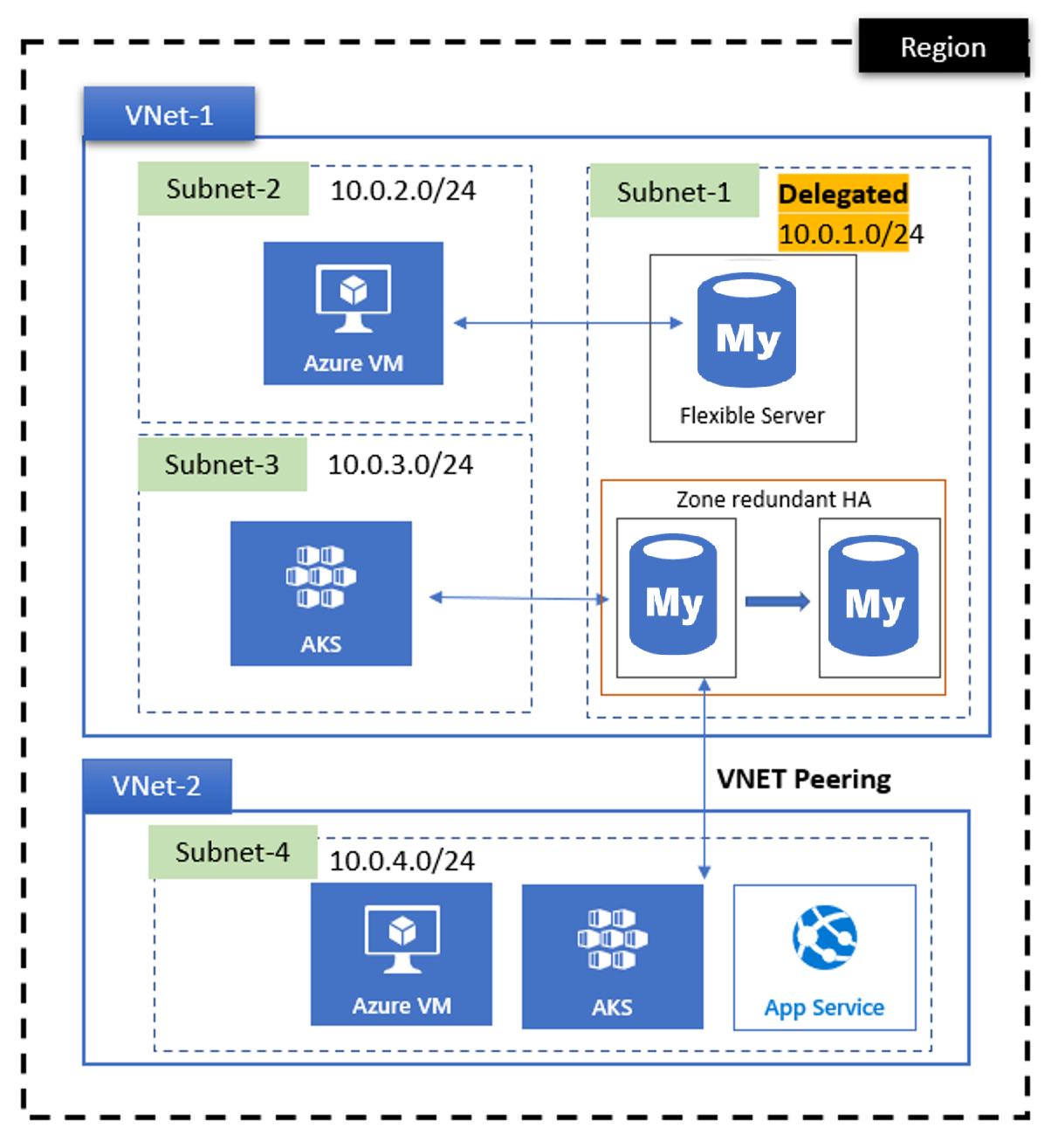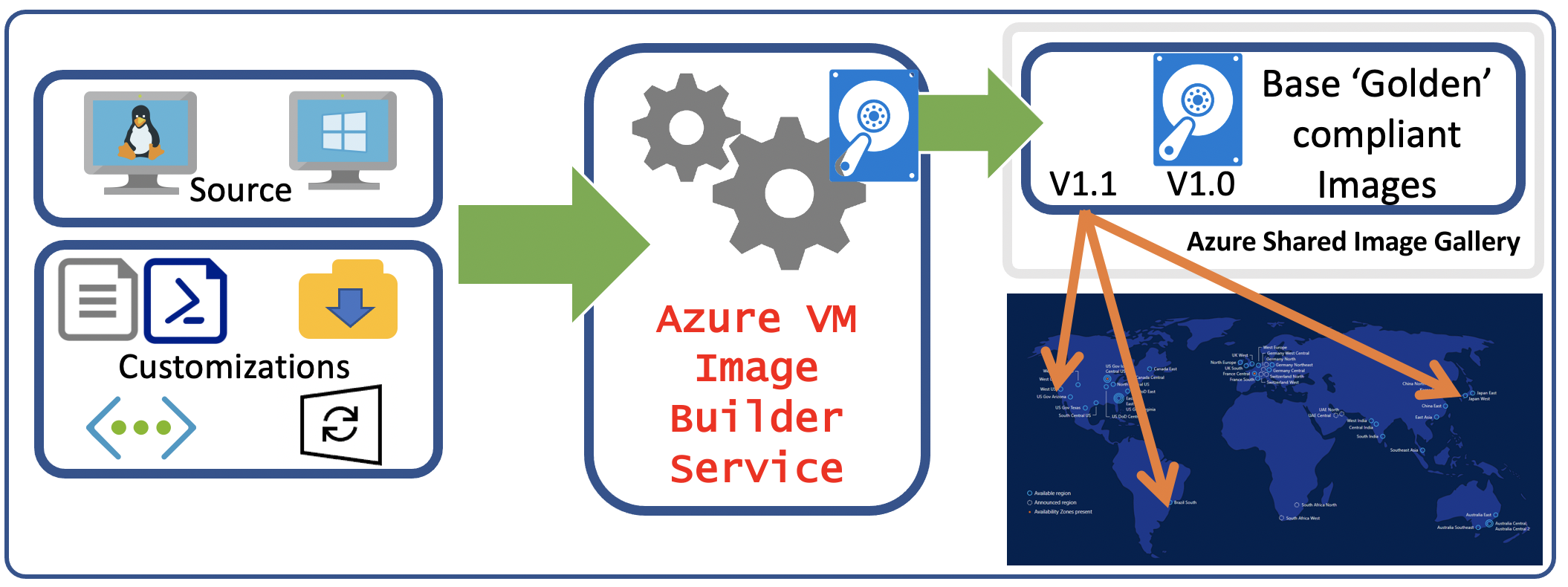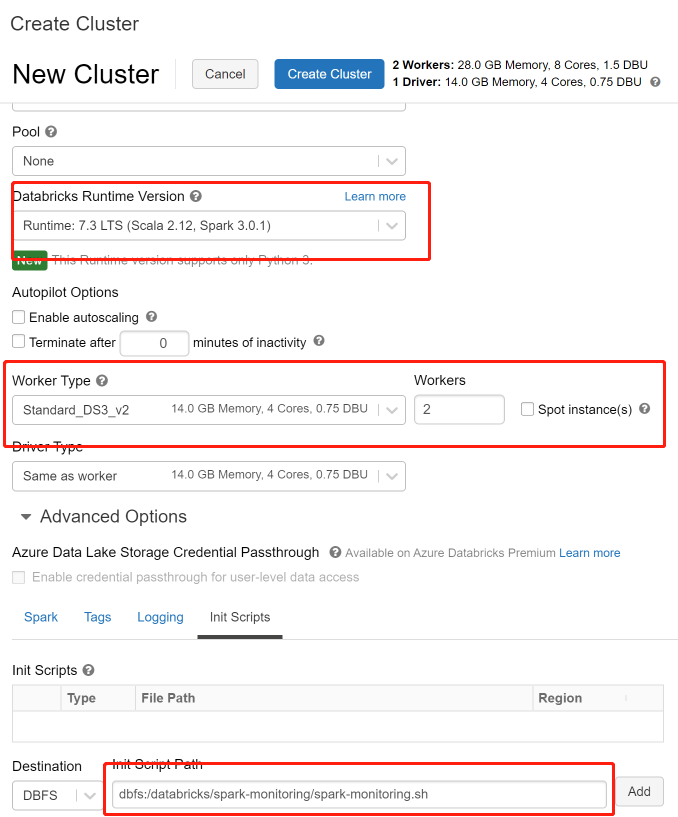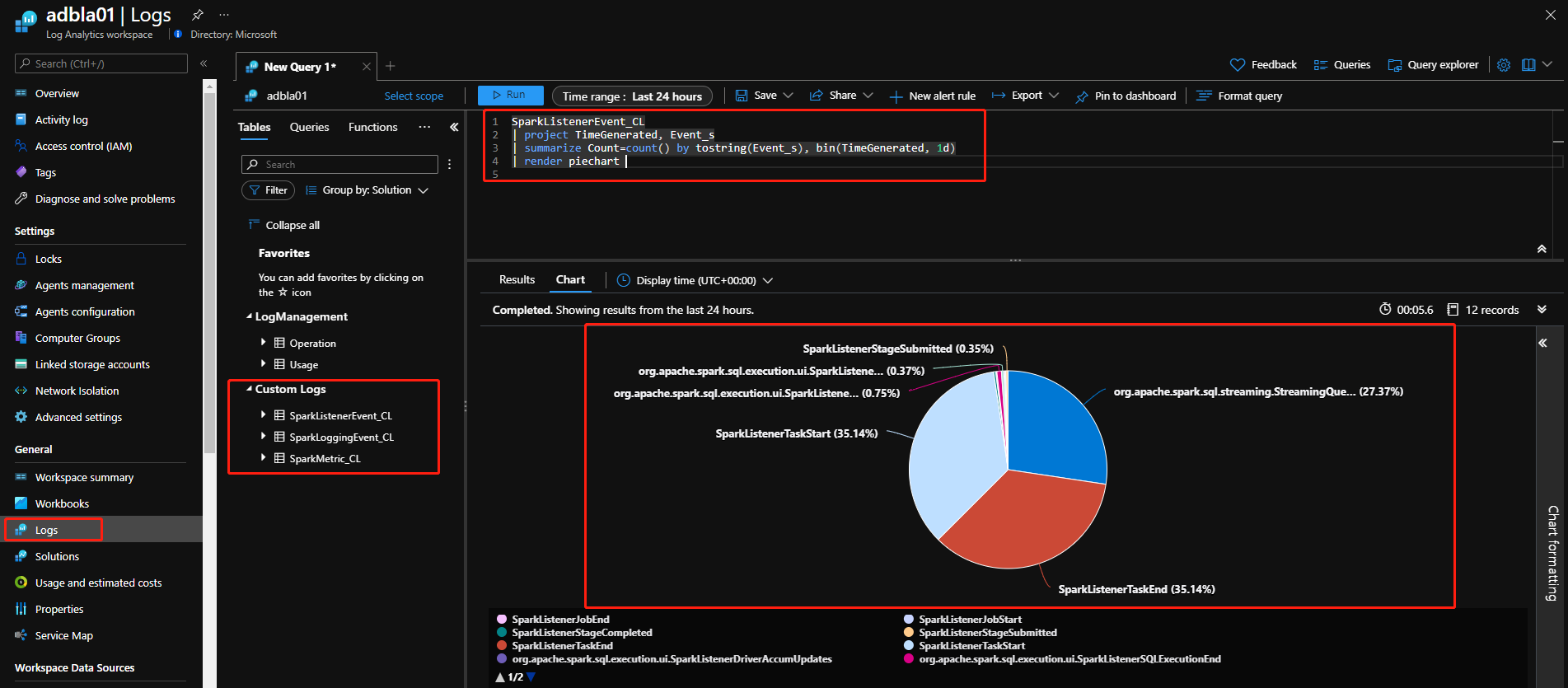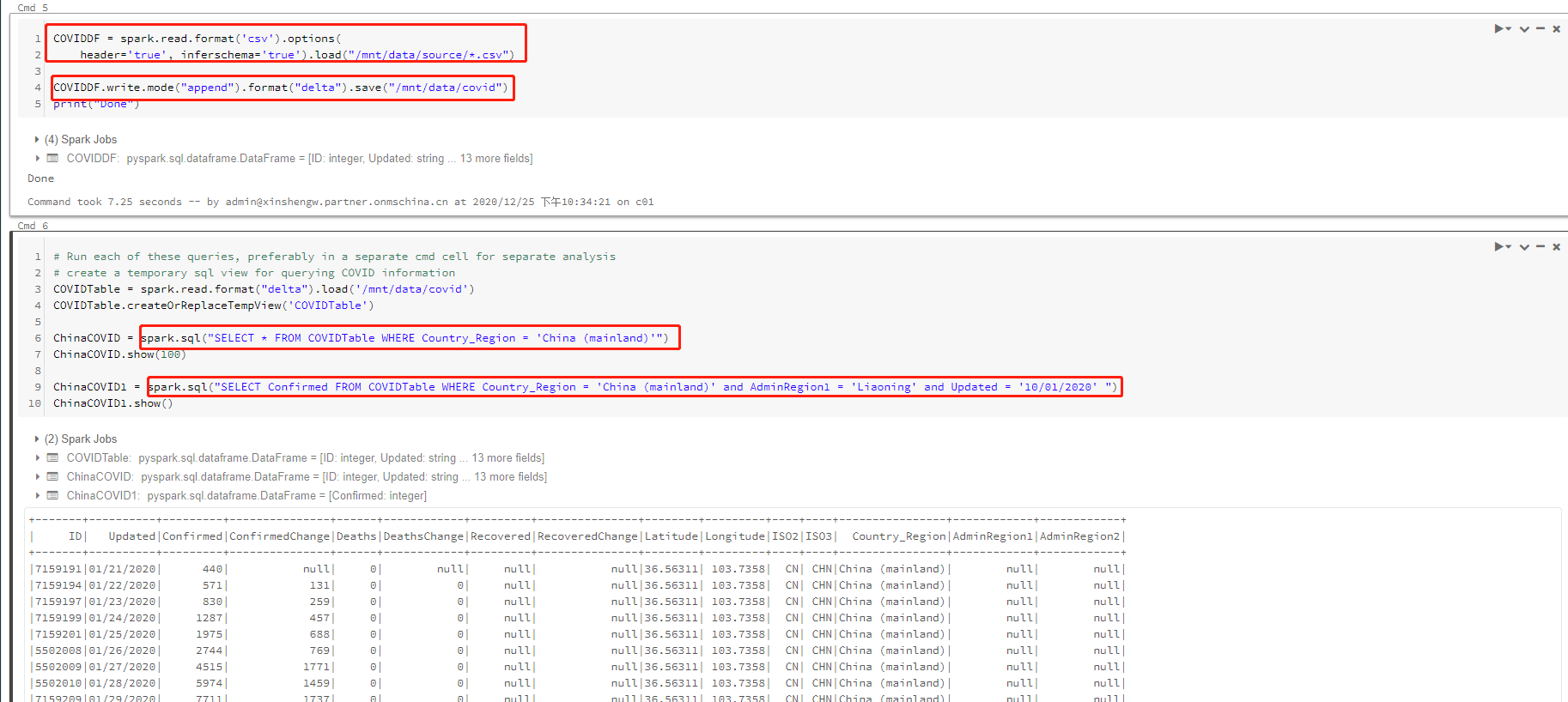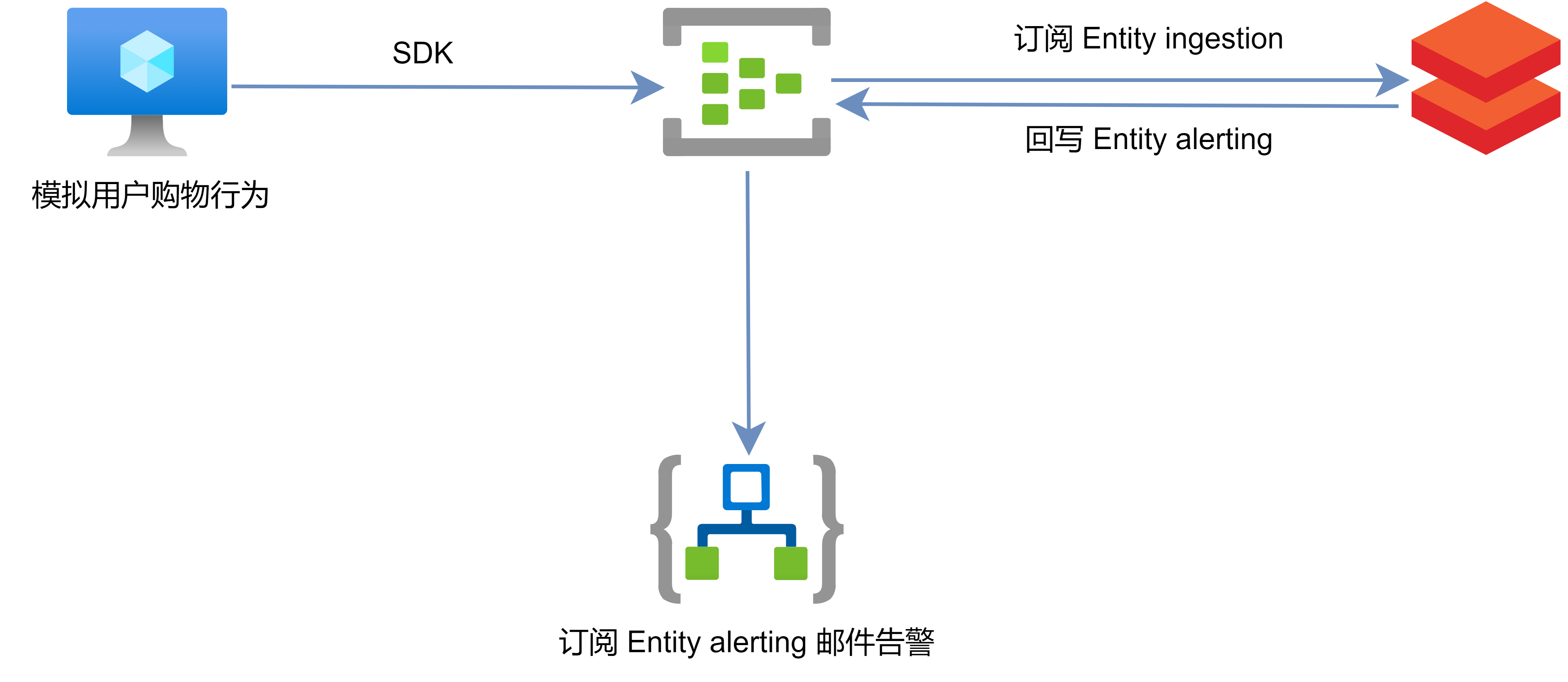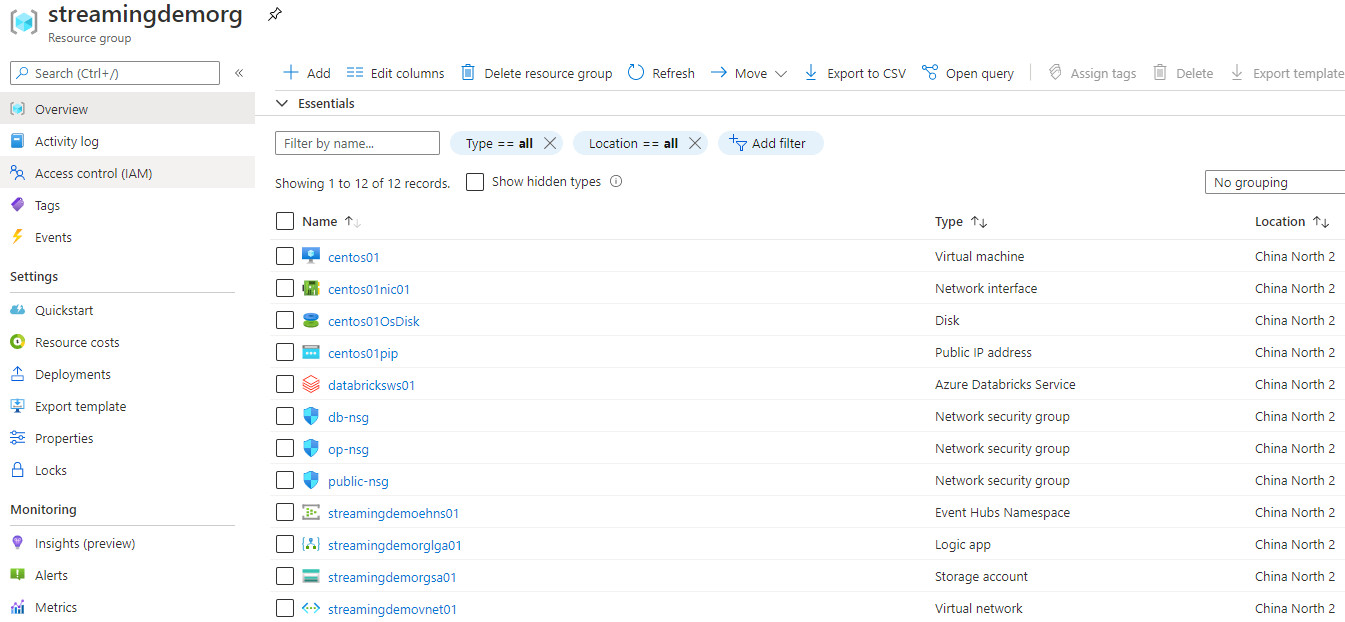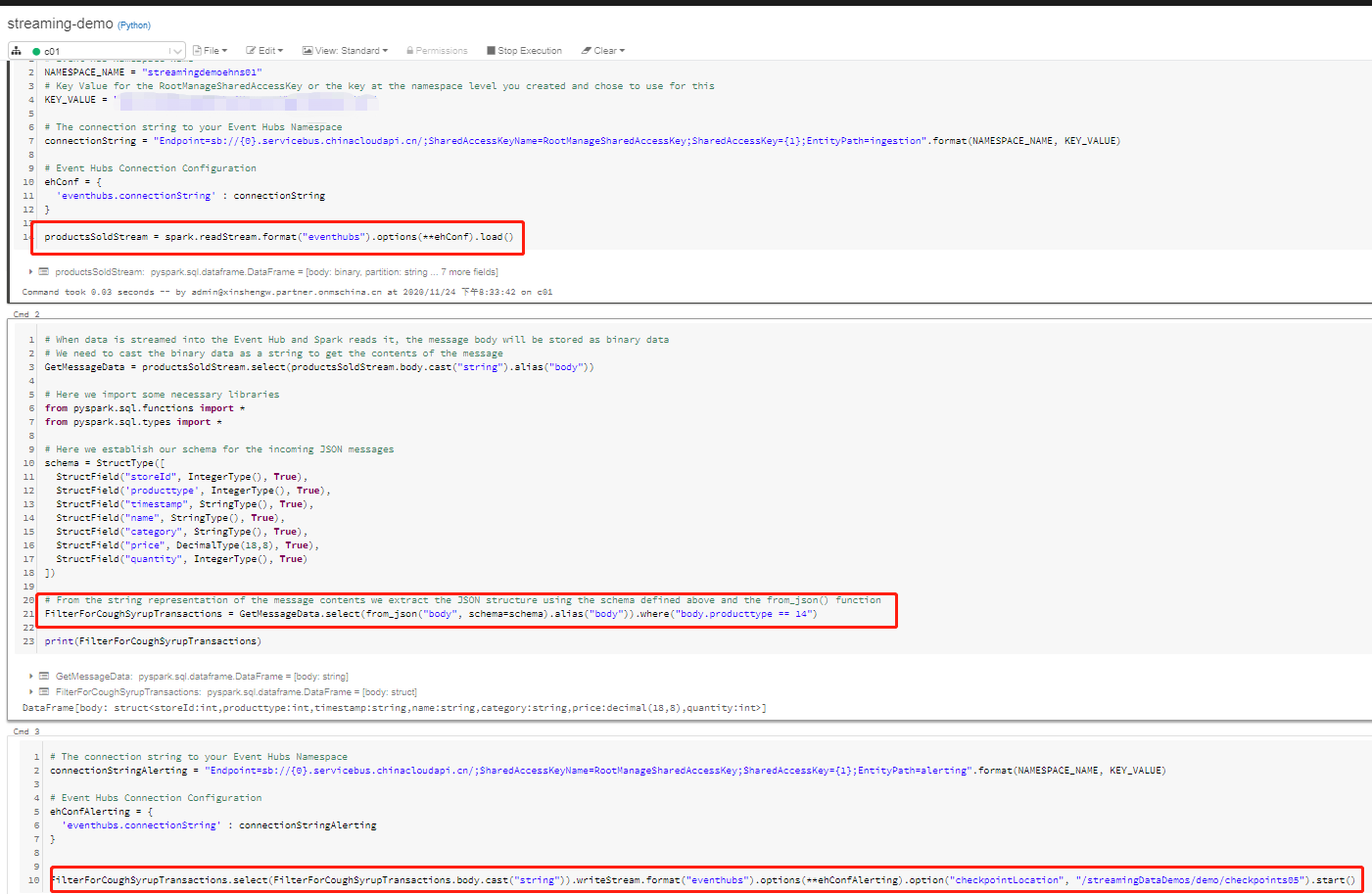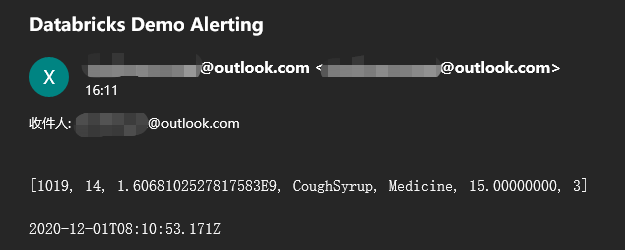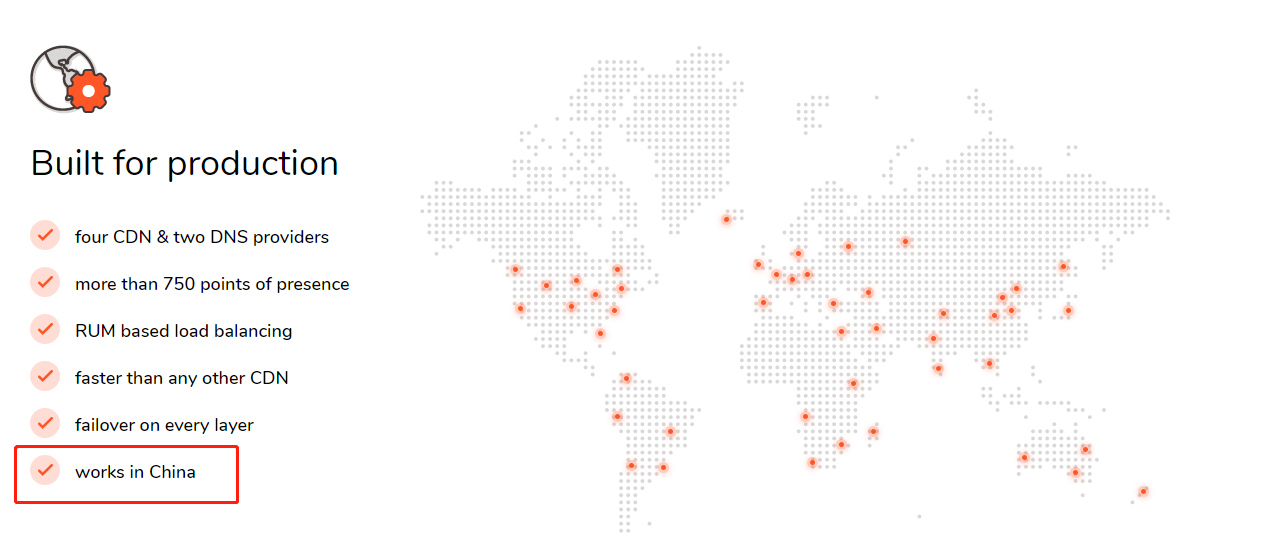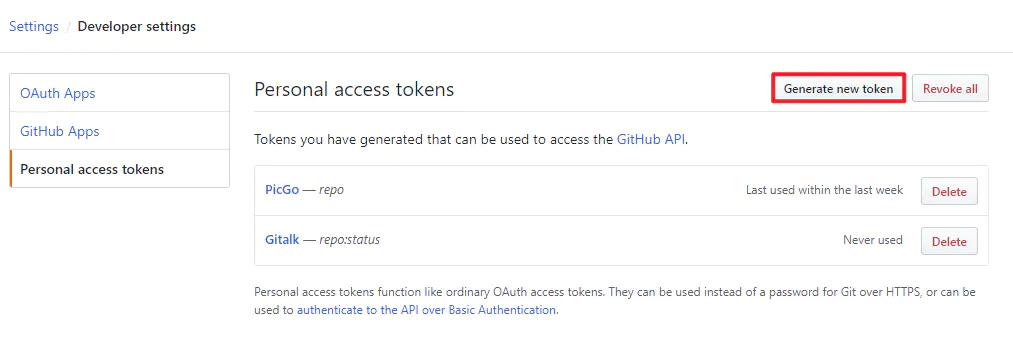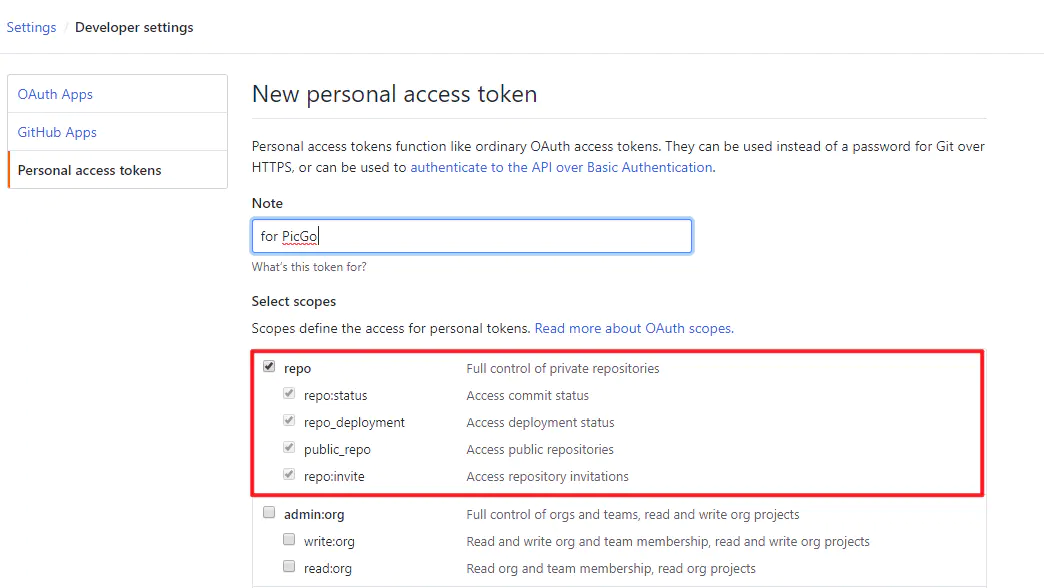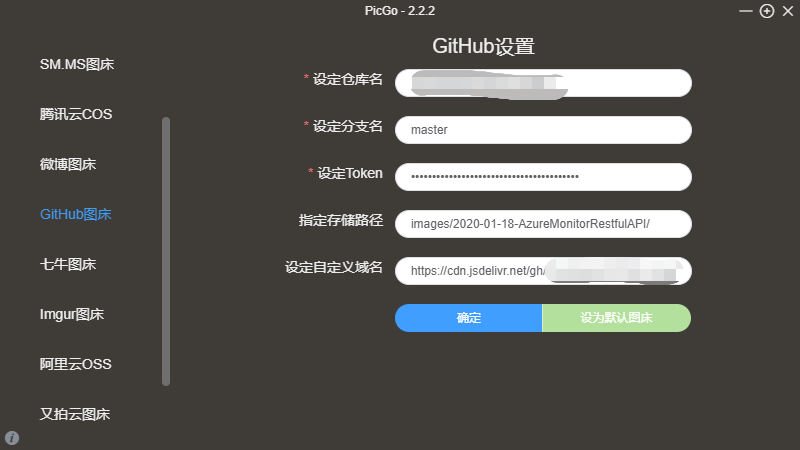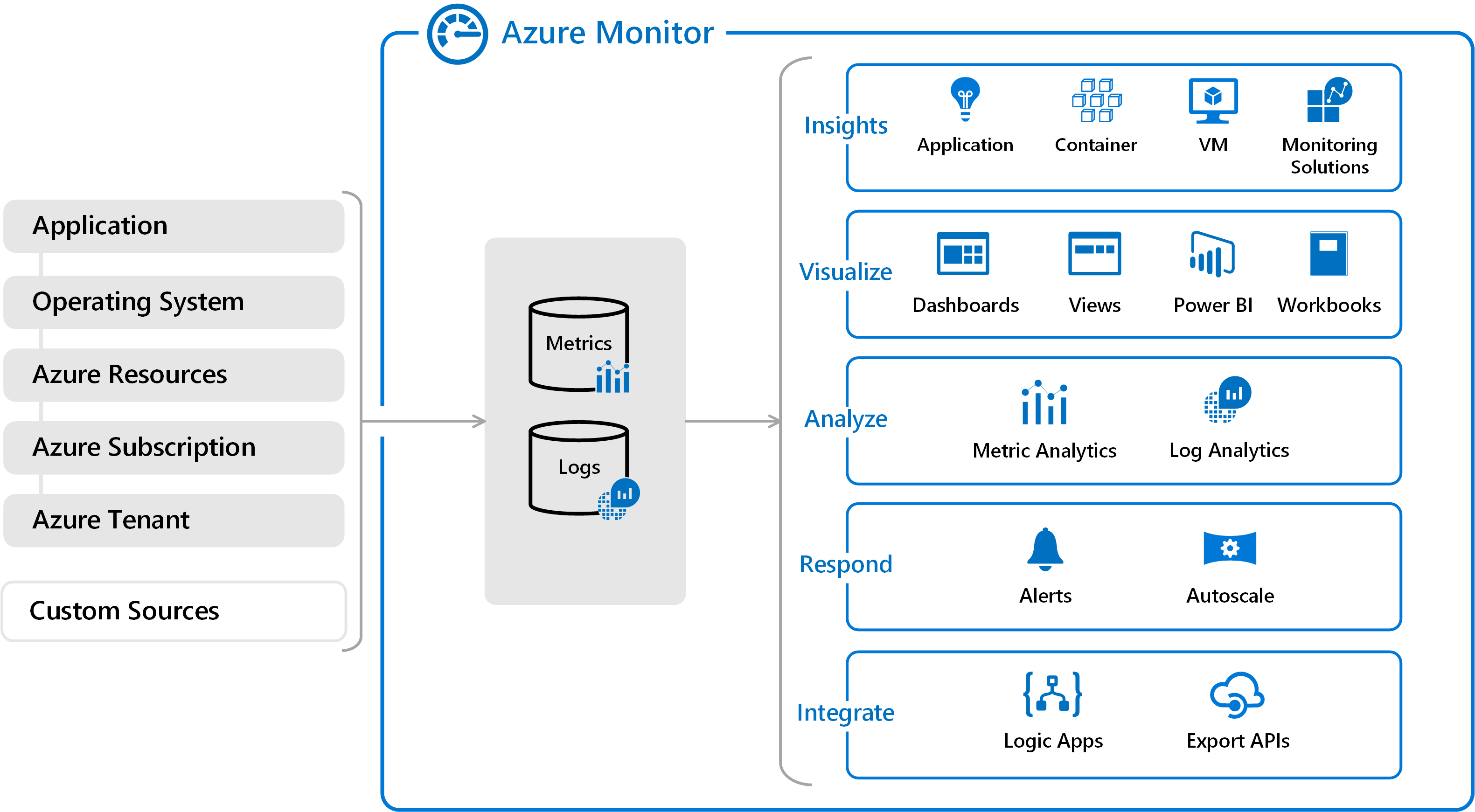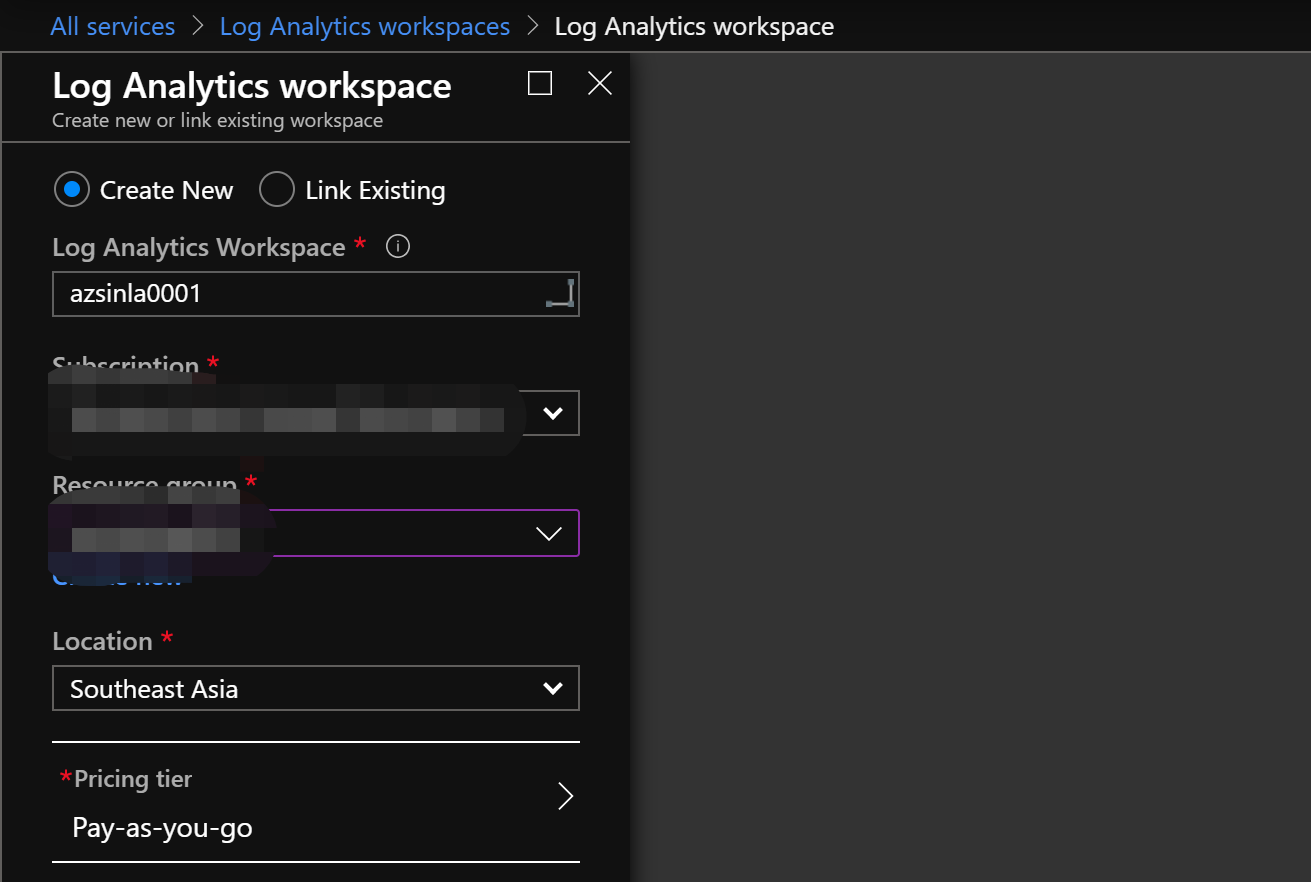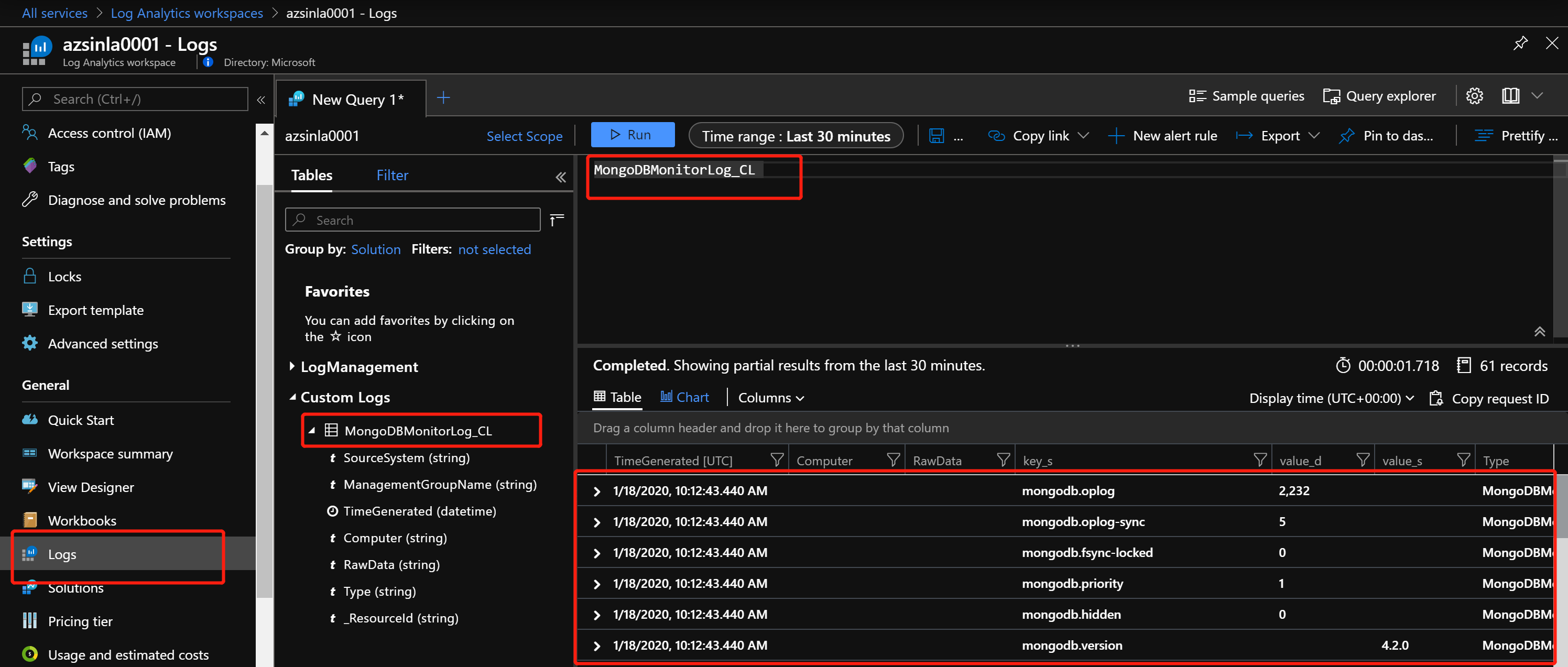1
2
3
4
5
6
7
8
9
10
11
12
13
14
15
16
17
18
19
20
21
22
23
24
25
26
27
28
29
30
31
32
33
34
35
36
37
38
39
40
41
42
43
44
45
46
47
48
49
50
51
52
53
54
55
56
57
58
59
60
61
62
63
64
65
66
67
68
69
70
71
72
73
74
75
76
77
78
79
80
81
82
83
84
85
86
87
88
89
90
91
92
93
94
95
96
97
98
99
100
101
102
103
104
105
106
107
108
109
110
111
112
113
114
115
116
117
118
119
120
121
122
123
124
125
126
127
128
129
130
131
132
133
134
135
136
137
138
139
140
141
142
143
144
145
146
147
148
149
150
151
152
153
154
155
156
157
158
159
160
161
162
163
164
165
166
167
168
169
170
171
172
173
174
175
176
177
178
179
180
181
182
183
184
185
186
187
188
189
190
191
192
193
194
195
196
197
198
199
200
201
202
203
204
205
206
207
208
209
210
211
212
213
214
215
216
217
218
219
220
221
222
223
224
225
226
227
228
229
230
231
232
233
234
235
236
237
238
239
240
241
242
243
244
245
246
247
248
249
250
251
252
253
254
255
256
257
258
259
260
261
262
263
264
265
266
267
268
269
270
271
272
273
274
275
276
277
278
279
280
281
282
283
284
285
286
287
288
289
290
291
292
293
294
295
296
297
298
299
300
301
|
"""
Date: 01/18/2020
Author: Xinsheng Wang
Description: A custom script to get MongoDB metrics and send data to Azure Monitor
Requires: MongoClient in python
"""
from calendar import timegm
from time import gmtime
from pymongo import MongoClient, errors
from sys import exit
import json
import requests
import datetime
import hashlib
import hmac
import base64
import os
from glob import glob
customer_id = '86df0cbc-076c-4483-8a32-c59c6550a771'
shared_key = "b3uLsEOXBFBqTiAHDGp9boTeKR6v86f/9cLPWWsWUvs+LcjBIqjDp9CDJL+7vxlKDDRxqXIf1jjjKcZbdV0H/Q=="
log_type = 'MongoDBMonitorLog'
class MongoDB(object):
"""main script class"""
def delete_temporary_files(self):
"""delete temporary files"""
for file in glob('/tmp/mongometrics000*'):
os.remove(file)
def __init__(self):
self.mongo_host = "10.11.0.4"
self.mongo_port = 27017
self.mongo_db = ["admin", ]
self.mongo_user = None
self.mongo_password = None
self.__conn = None
self.__dbnames = None
self.__metrics = []
def connect(self):
"""Connect to MongoDB"""
if self.__conn is None:
if self.mongo_user is None:
try:
self.__conn = MongoClient('mongodb://%s:%s' %
(self.mongo_host,
self.mongo_port))
except errors.PyMongoError as py_mongo_error:
print('Error in MongoDB connection: %s' %
str(py_mongo_error))
else:
try:
self.__conn = MongoClient('mongodb://%s:%s@%s:%s' %
(self.mongo_user,
self.mongo_password,
self.mongo_host,
self.mongo_port))
except errors.PyMongoError as py_mongo_error:
print('Error in MongoDB connection: %s' %
str(py_mongo_error))
def add_metrics(self, k, v):
"""add each metric to the metrics list"""
global body
dict_metrics = {}
dict_metrics["key"] = k
dict_metrics["value"] = v
self.__metrics.append(dict_metrics)
dic = json.dumps(dict_metrics, sort_keys=True, indent=4, separators=(',', ':')).replace('}', '},')
f = open('/tmp/mongometrics0001.txt','a')
f.write(dic)
f.close
os.system("cat /tmp/mongometrics0001.txt |sed '$s/\}\,/\}\]/g;1s/{/[{/' > /tmp/mongometrics0002.txt")
with open('/tmp/mongometrics0002.txt','r') as src:
body = src.read()
print(body)
def get_db_names(self):
"""get a list of DB names"""
if self.__conn is None:
self.connect()
db_handler = self.__conn[self.mongo_db[0]]
master = db_handler.command('isMaster')['ismaster']
dict_metrics = {}
dict_metrics['key'] = 'mongodb.ismaster'
if master:
dict_metrics['value'] = 1
db_names = self.__conn.database_names()
self.__dbnames = db_names
else:
dict_metrics['value'] = 0
self.__metrics.append(dict_metrics)
def get_mongo_db_lld(self):
"""print DB list in json format, to be used for mongo db discovery"""
if self.__dbnames is None:
db_names = self.get_db_names()
else:
db_names = self.__dbnames
dict_metrics = {}
db_list = []
dict_metrics['key'] = 'mongodb.discovery'
dict_metrics['value'] = {"data": db_list}
if db_names is not None:
for db_name in db_names:
dict_lld_metric = {}
dict_lld_metric['{#MONGODBNAME}'] = db_name
db_list.append(dict_lld_metric)
dict_metrics['value'] = '{"data": ' + json.dumps(db_list) + '}'
self.__metrics.insert(0, dict_metrics)
def get_oplog(self):
"""get replica set oplog information"""
if self.__conn is None:
self.connect()
db_handler = self.__conn['local']
coll = db_handler.oplog.rs
op_first = (coll.find().sort('$natural', 1).limit(1))
op_last = (coll.find().sort('$natural', -1).limit(1))
if op_first.count() > 0 and op_last.count() > 0:
op_fst = (op_first.next())['ts'].time
op_last_st = op_last[0]['ts']
op_lst = (op_last.next())['ts'].time
status = round(float(op_lst - op_fst), 1)
self.add_metrics('mongodb.oplog', status)
current_time = timegm(gmtime())
oplog = int(((str(op_last_st).split('('))[1].split(','))[0])
self.add_metrics('mongodb.oplog-sync', (current_time - oplog))
def get_maintenance(self):
"""get replica set maintenance info"""
if self.__conn is None:
self.connect()
db_handler = self.__conn
fsync_locked = int(db_handler.is_locked)
self.add_metrics('mongodb.fsync-locked', fsync_locked)
try:
config = db_handler.admin.command("replSetGetConfig", 1)
connstring = (self.mongo_host + ':' + str(self.mongo_port))
connstrings = list()
for i in range(0, len(config['config']['members'])):
host = config['config']['members'][i]['host']
connstrings.append(host)
if connstring in host:
priority = config['config']['members'][i]['priority']
hidden = int(config['config']['members'][i]['hidden'])
self.add_metrics('mongodb.priority', priority)
self.add_metrics('mongodb.hidden', hidden)
except errors.PyMongoError:
print ('Error while fetching replica set configuration.'
'Not a member of replica set?')
except UnboundLocalError:
print ('Cannot use this mongo host: must be one of ' + ','.join(connstrings))
exit(1)
def get_server_status_metrics(self):
"""get server status"""
if self.__conn is None:
self.connect()
db_handler = self.__conn[self.mongo_db[0]]
ss = db_handler.command('serverStatus')
self.add_metrics('mongodb.version', ss['version'])
self.add_metrics('mongodb.storageEngine', ss['storageEngine']['name'])
self.add_metrics('mongodb.uptime', int(ss['uptime']))
self.add_metrics('mongodb.okstatus', int(ss['ok']))
for k, v in ss['asserts'].items():
self.add_metrics('mongodb.asserts.' + k, v)
for k, v in ss['opcounters'].items():
self.add_metrics('mongodb.operation.' + k, v)
for k, v in ss['connections'].items():
self.add_metrics('mongodb.connection.' + k, v)
self.add_metrics('mongodb.page.faults',
ss['extra_info']['page_faults'])
if ss['storageEngine']['name'] == 'wiredTiger':
self.add_metrics('mongodb.used-cache',
ss['wiredTiger']['cache']
["bytes currently in the cache"])
self.add_metrics('mongodb.total-cache',
ss['wiredTiger']['cache']
["maximum bytes configured"])
self.add_metrics('mongodb.dirty-cache',
ss['wiredTiger']['cache']
["tracked dirty bytes in the cache"])
lock_total_time = ss['globalLock']['totalTime']
self.add_metrics('mongodb.globalLock.totalTime', lock_total_time)
for k, v in ss['globalLock']['currentQueue'].items():
self.add_metrics('mongodb.globalLock.currentQueue.' + k, v)
for k, v in ss['globalLock']['activeClients'].items():
self.add_metrics('mongodb.globalLock.activeClients.' + k, v)
def get_db_stats_metrics(self):
"""get DB stats for each DB"""
if self.__conn is None:
self.connect()
if self.__dbnames is None:
self.get_db_names()
if self.__dbnames is not None:
for mongo_db in self.__dbnames:
db_handler = self.__conn[mongo_db]
dbs = db_handler.command('dbstats')
for k, v in dbs.items():
if k in ['storageSize', 'ok', 'avgObjSize', 'indexes',
'objects', 'collections', 'fileSize',
'numExtents', 'dataSize', 'indexSize',
'nsSizeMB']:
self.add_metrics('mongodb.stats.' + k +
'[' + mongo_db + ']', int(v))
def close(self):
"""close connection to mongo"""
if self.__conn is not None:
self.__conn.close()
def build_signature(customer_id, shared_key, date, content_length, method, content_type, resource):
x_headers = 'x-ms-date:' + date
string_to_hash = method + "\n" + str(content_length) + "\n" + content_type + "\n" + x_headers + "\n" + resource
bytes_to_hash = bytes(string_to_hash).encode('utf-8')
decoded_key = base64.b64decode(shared_key)
encoded_hash = base64.b64encode(hmac.new(decoded_key, bytes_to_hash, digestmod=hashlib.sha256).digest())
authorization = "SharedKey {}:{}".format(customer_id,encoded_hash)
return authorization
def mongodb_azuremonitor_loganalysis_post_data(customer_id, shared_key, body, log_type):
method = 'POST'
content_type = 'application/json'
resource = '/api/logs'
rfc1123date = datetime.datetime.utcnow().strftime('%a, %d %b %Y %H:%M:%S GMT')
content_length = len(body)
signature = build_signature(customer_id, shared_key, rfc1123date, content_length, method, content_type, resource)
uri = 'https://' + customer_id + '.ods.opinsights.azure.com' + resource + '?api-version=2016-04-01'
headers = {
'content-type': content_type,
'Authorization': signature,
'Log-Type': log_type,
'x-ms-date': rfc1123date
}
response = requests.post(uri,data=body, headers=headers)
if (response.status_code >= 200 and response.status_code <= 299):
print 'Accepted'
else:
print "Response code: {}".format(response.status_code)
if __name__ == '__main__':
mongodb = MongoDB()
mongodb.delete_temporary_files()
mongodb.get_db_names()
mongodb.get_mongo_db_lld()
mongodb.get_oplog()
mongodb.get_maintenance()
mongodb.get_server_status_metrics()
mongodb.get_db_stats_metrics()
mongodb.close()
mongodb_azuremonitor_loganalysis_post_data(customer_id, shared_key, body, log_type)
|





